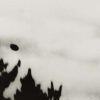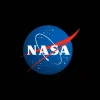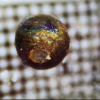Antarctic ozone hole has closed in near-record time for 20190
- From Around the Web, Space
- November 15, 2019
Seeing the ozone hole permanently vanish won’t be for another decade, but for 2019, it has sealed itself up in near-record time
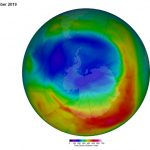
Seeing the ozone hole permanently vanish won’t be for another decade, but for 2019, it has sealed itself up in near-record time

Apart from the asteroid that wiped out the dinosaurs 65 million years ago, there aren’t many connections between space and dinosaurs outside of the imagination. But that all changed when NASA research scientist Jessie Christiansen brought the two together in an animation on social media this month.

NASA’s Curiosity rover sniffed out an unexpected seasonal variation to the oxygen on Mars, according to new research.
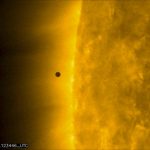
Millions of people on Earth witnessed the transit of Mercury yesterday when the tiny black form of the first planet crossed the face of the sun.

Astronomers say S5-HVs1 ventured close to supermassive black hole before being ejected
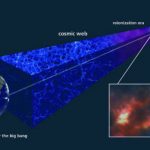
An international team of astronomers has discovered a massive cloud of gas that formed just 850 million years after the Big Bang. The chemical composition of the object reveals that the first generation of stars formed quickly and enriched the Universe with the elements they synthesized.

SpaceX launched 60 mini satellites Monday, the second batch of an orbiting network meant to provide global internet coverage.
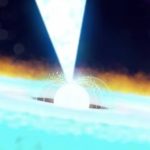
The burst released as much energy in 20 seconds as our sun provides in 10 days.

This study could lead to growing artificial blood vessels in space, ready for human surgery on Earth.

The next full moon of 2019 — nicknamed the “beaver moon” — will reach its peak Tuesday morning, Nov. 12. It is the second to last full moon on the 2019 lunar calendar and it happens to arrive when the annual Taurid meteor shower will be at its best.
